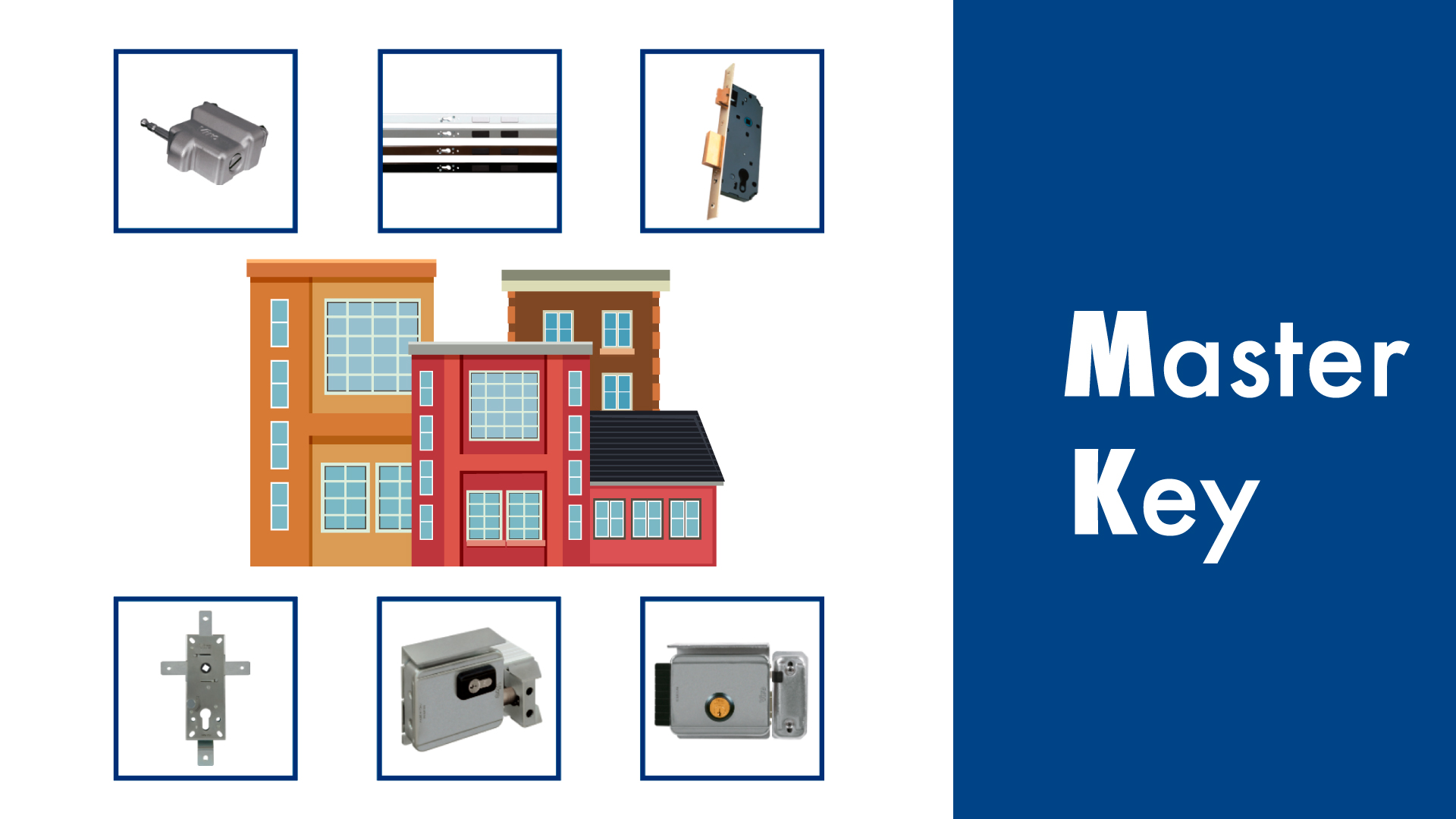

We once had to rekey an entire state because a disgruntled District Manager would not return his grand master key. The only notable downside of master key systems is the risk assumed if a high-level key is lost or if a disgruntled employee refuses to return his/her key. Some vendors may charge a setup fee, but following setup keys and cores will be the same price as those on a standard system. It is important to note that master systems typically do not cost any more than a standard system. The manager and shift supervisor keys would still work. In the example above, if a regular employee lost their key, you would only need to rekey the merchandise cases and distribute new keys for the sub-master level. The only time you would need to rekey the entire store is if the master key was lost. Master key systems also allow for simple rekeys, and a reduced need to perform them. Moreover, their flexibility allows you to add stores or additional openings to the system at any time. The biggest benefit of master systems is the ability to have controlled access to certain openings with one key (no more jumbled key rings). What Are The Benefits to Master Key Systems? Master key systems are very flexible and can be set up however you need. It’s important to note that the example outlined above is just one way a master system can be set up. Most key system vendors (including us) don’t recommend cutting these keys due to the extreme security risk. Typically, these keys are owned by an officer of the company and are kept under tight lock and key.

If (and that’s a big if) you wanted a key to open all of your stores, you could cut a great grand master key. The highest level of a master system is the Great Grand Master. With a Grand Master system, you can convert the jumbled key ring into a single Grand Master key that will access each door in all stores assigned to his region. Your District Manager currently carries a jumbled key ring with keys to each store in his assigned district. The master key would go to the manager, one sub-master would go to the shift leads, and the other sub-master would go to other employees. This setup would require a master key system with two sub-masters under it. You want the location manager to have access to all of the doors, your shift lead to have access to the front door, receiving door, and merchandise case, and your other employees to only have access to the merchandise case. Assume your store has four main locks: the front door, receiving door, office door, and merchandise case. The most basic setup is a Master and Sub-Master system. To understand what these levels are, take a look at the summarized example on the right. There will always be a master and sub-master level, but depending on how you want the system set up you may/may not have a grand or great grand master. There are a number of ways that you can set up a master key system, along with four possible levels: This means, if you only want managers to have access to the cash office, it’s easy to accommodate.

Master key systems allow different levels of access to each lock. However, a master key system comes with a host of other features that can benefit your facility as well. This way, your DM and/or after-hours vendors only have to keep track of one master key that will give them access to your facilities. The short answer to this question is a master key system this system will enable you to have one key that can operate multiple locks. What’s the easiest way to simplify our key system that will reduce the number of keys to manage? Our District Managers and after-hours vendors are having a hard time keeping track of keys to all of the locations they’re responsible for.


 0 kommentar(er)
0 kommentar(er)
